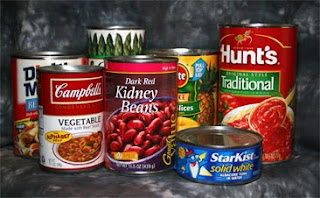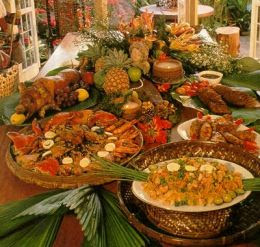What is Balanced Diet
Balanced Diet is a food preparation which provides complete nutrients as well as supplies carbohydrates, proteins, fats, vitamins, minerals and fiber in their normal proportions. It is the basis for all diet modifications.

Chilled Mango Shake
A very popular, warm weather quencher is, Chilled Mango Shake. Prepared with minimum effort, it serves as a lazy summer meal or brunch and sure rejuvenates on a hot day.

How to Prepare Arroz Caldo
Arroz Caldo literally translates to "hot rice" and this was one of my favorite dishes growing up in the Philippines. Ginger and a touch of safflower make this ultra-comforting porridge richly fragrant. It's the perfect dish for chilly nights.















 7:17 AM
7:17 AM
 figtarist
figtarist









